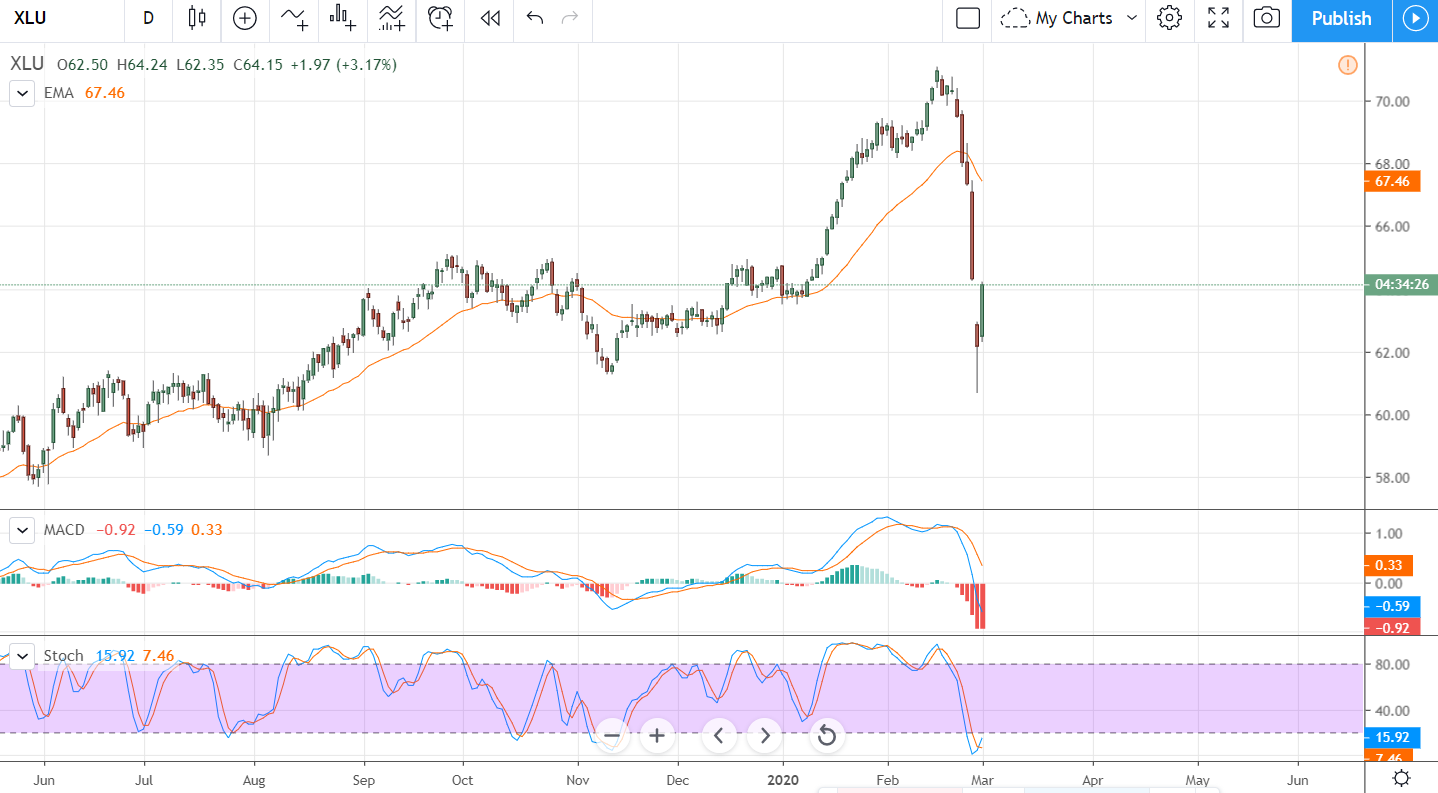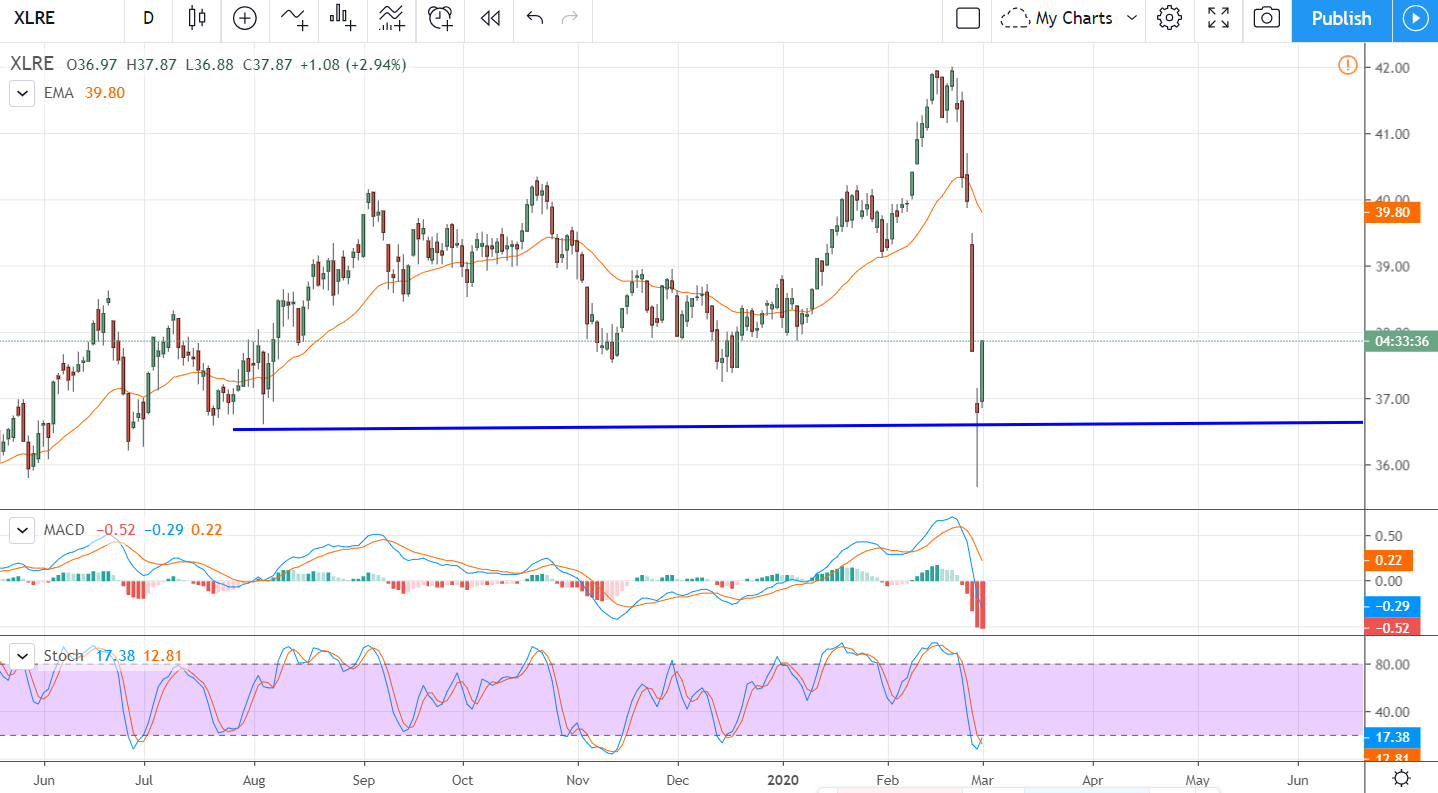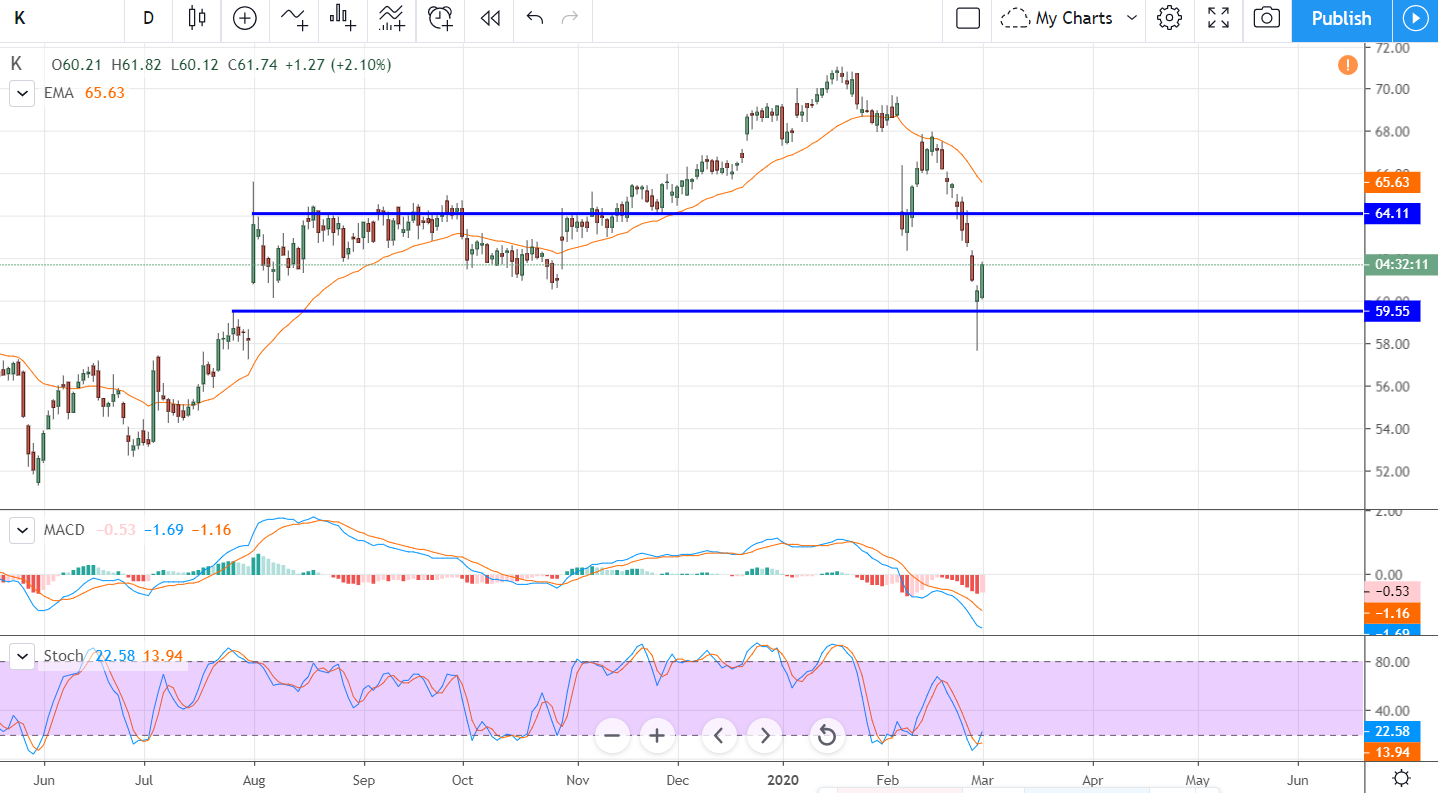This Correction Isn't Over, Best To Be Prepared
The coronavirus has put the fear of God into the market. The indices are all down more than 10% over the last two weeks and well into “correction territory”. While it is true the selling began because of the virus, it is not exactly true to say the correction is because of the virus.
The broad market (SPY) has been in need of correction for some time because of earnings outlook and valuation. The earnings outlook has been in a state of near-constant deterioration while the broad market marched higher. With valuations at a generational high, the stage was set for a market correction, all we needed was a catalyst.
Now the selling is started we can expect it to last for at least a little while. Four months to be exact. Of the 26 market corrections that have come before this one, they’ve averaged a near 15% decline and took four months to recover. Because the full impact of the virus is still unknown, this correction could last a bit longer. I don’t really expect a substantive rebound until after the general elections next fall.
It Pays To Prepare
The hurdle for the market is going to be earnings and earnings growth and we've already seen a number of high-profile warnings. Companies with large exposure to overseas markets and especially China are warning their revenue will fall short in the 1st quarter and this is only the beginning. As the virus spread around the world globally exposed business will take a hit in each region.
The top-sector for weathering earnings-induced market downturns is the Utilities sector (XLU), and for more reasons than one. Aside from limited international exposure, Utilities are part of the Real Assets asset class. Real Asset companies and specifically utilities have high barriers to entry so little competition, their rates are fixed by government mandate, and their business is virtually guaranteed. This combination makes them steady, reliable dividend payers and with yields that are often above the market average.
Most U.S. listed utilities do business solely in the U.S. and are expected to grow revenue in 2020. The spread of coronavirus may have a small impact on sales to businesses but residential use is expected to spike. The virus is going to keep people at home where they will be burning lights, watching TV, running on the treadmill and streaming the Internet.
The Utilities sector was not spared from last week’s carnage. The Utilities Sector Select SPDR (XLU) was down more than -14% at the low of the week, but the outlook for 2020 remains unchanged. With revenue growth in the forecast and a yield above 3.0%, I expect to see this sector lead the rebound.

REITs Offer Superior Yield
REITs are another great choice for diversification during market downturns. REITs, real estate investment trusts, allow equity investors access to real estate markets they would otherwise not be able to invest in. REITs are built to pay distributions and typically pay well above the broad market average. At today’s prices, the Real Estate Select Sector SPDR (XLRE) is yielding about 3.25% and that is low when compared with individual REITs.
Healthcare REITs are one of the higher-yielding industries with an average of 6.0% at today’s prices. Healthcare REITs own health-related properties ranging from clinical/office to hospitals, in/outpatient facilities, long-term, and senior-care. I don’t expect them to see a boost from the coronavirus but their operator/partners will and that is good for both.
Physicians’s Healthcare REIT (DOC) and Omega Healthcare Investors (OHI) are two with attractive yields and growth in the forecast. Physicians Healthcare REIT leases facilities to dr.’s and hospitals, it is yielding 4.9% at today’s prices. Omega Healthcare Investors specializes in skilled nursing and long-term care facilities, it yields 6.75% at today’s prices.

Back To Basics With Consumer Staples
The Consumer Staples sector doesn’t come with the yield of the Utilities or the REITs but it still pays more than the broad market. The Consumer Staples SPDR (XLY) is paying about 2.8% at today’s prices and it is a relatively safe payout at that. The average payout ratio within the portfolio is only 20% which means sustainability and, in this case, future dividend growth.
Kellog (K) is by far my favorite for dividend growth among the consumer staples companies. At today’s prices, the stock is yielding 3.75% with a high expectation of future increases. The payout ratio is a little high, near 60%, but that is offset by management efforts to spur growth. The company is expanding its snacking lineup and recently announced a plant-based protein lineup as well.
The downside to Kellog is its exposure to overseas markets. The silver lining to that dark cloud is that Kellog is not dependent on global supply chains the way tech and industry are, and the international segments have been producing the strongest growth in recent quarters.

Before you make your next trade, you'll want to hear this.
MarketBeat keeps track of Wall Street's top-rated and best performing research analysts and the stocks they recommend to their clients on a daily basis.
Our team has identified the five stocks that top analysts are quietly whispering to their clients to buy now before the broader market catches on... and none of the big name stocks were on the list.
They believe these five stocks are the five best companies for investors to buy now...
See The Five Stocks Here
MarketBeat's analysts have just released their top five short plays for May 2025. Learn which stocks have the most short interest and how to trade them. Enter your email address to see which companies made the list.
Get This Free Report
Like this article? Share it with a colleague.
Link copied to clipboard.